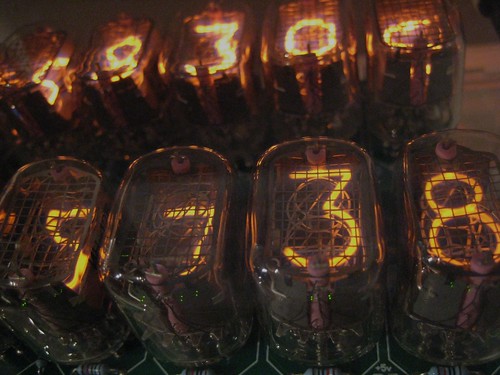What are prime gaps and who is Yitang Zhang?
You have probably read a news about one professor proving The Prime Gap conjecture. In this post, I will give you an overview of what the excitement is all about in the mathematics community.

Prof. Yitan Zhang (courtesy of UNH via Slate.com)
This post is written for the high school students and those who are interested in mathematics that are non mathematics majors.
What are Prime Numbers?
Most of us are familiar with prime numbers. A prime number is a positive integer that is divisible only by 1 and itself. The number 5 is a prime number, while 8 is not prime because 8 is divisible by 2 and 4. If we examine the 10 positive integers, it is easy to see that only four are prime numbers: 2, 3, 5 and 7. In the figure below, shown are the prime numbers less than 100. » Read more

